Battagram District
Trend Analysis
Demographics | 1998 | 2017 |
Area SqKms | 1301 | 1301 |
Population | 307278 | 476612 |
Population Density / SqKm | 236 | 366 |
Rural Population | 307278 | 476612 |
Total Housing Units | 46438 | 54271 |
Housing Units having Electricity | 19666 | 258896 |
Housing Units Having Piped Water | 10856 | 167815 |
Housing Unit using Gas for cooking | 126 | 1203 |
Source: Pakistan Bureau of Statistics
Outline
Battagram was previously a tehsil of Mansehra district and was upgraded to the status of district in 1993. It is surrounded by Kohistan District to the north, Mansehra District to the east, Kala Dhaka (now Torghar District) tribal area to the south and Shangla District to the west. The population of Battagram district, according to the 2017 census, is 476,612 with area of 1,301 sq kms.
Battagram was one of the areas affected by the catastrophic earthquake of October 8, 2005 when more than 4,500 people were killed and approximately 35,000 were injured. Many residents of the area were rendered homeless and without shelter. Since October 8, 2005, the NGOs and the Governmental organization Earthquake Reconstruction and Rehabilitation Authority (ERRA) have been engaged in reconstruction work but as of 2009, the reconstruction work is not completed. In some areas residents have rebuilt houses themselves.
The social sector growth of Battagram cannot be assessed accurately due to inconsistency in data, however, from the available data it is noted that hydel power generation made progress as 121 MW project was completed in 2013 by WAPDA, while as per PEDO report there is potential for further 12.3 MW project. Iron ore, Feldspar and Granite reserves are also found in Battagram.
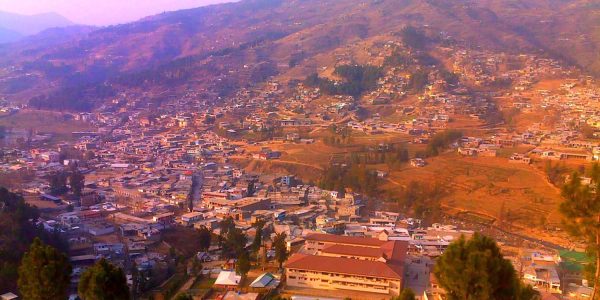
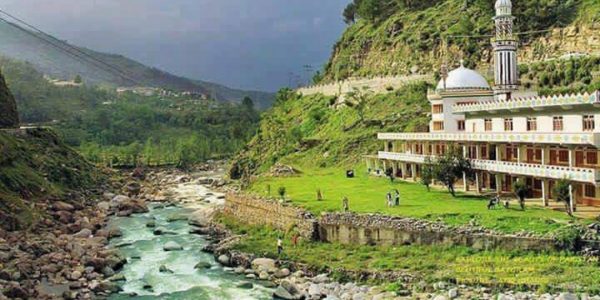
1. Hydel Power
The area has tremendous hydro power potential as reported by the Sarhad Hydro Power Development Organization, now called PEDO. Allai Khwar presents an ideal site for a high head hydro power station of several hundred megawatt capacity. Allai Khwar Power Generation Project at Left Tributary of Indus river near Bisham was completed in 2013. As per report of PEDO, investment potential at Nandihar Khwar (12.3 MW) presents an investment opportunity for locals and foreigners.
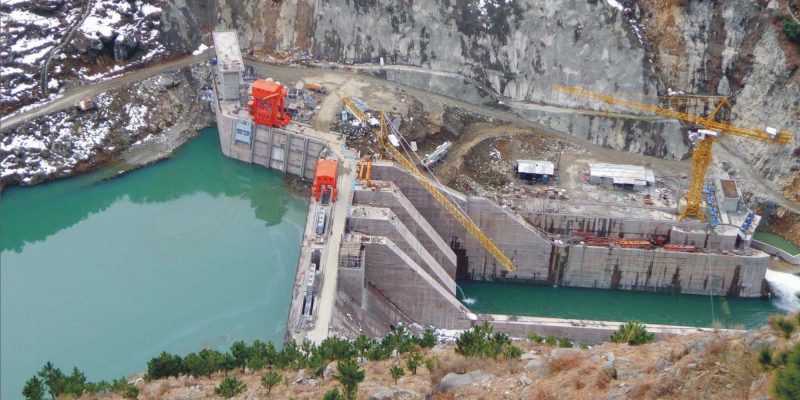
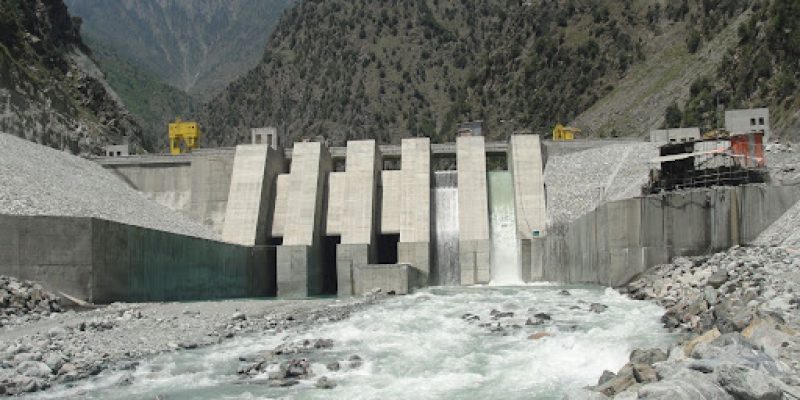
2. Agriculture & Livestock
The major crops produced in Battagram are Maize, Wheat and Rice. Besides these the fertile land of Battagram also produces Rabbi and Kharif crops.
Battagram also possesses a great deal of livestock. The livestock sector could generate more yield as compared to the other sectors available for investment in the respective district. Battagram has a forest cover of 37,983 hectares for earning carbon credits. The tables below illustrates land, crop and livestock statistics in District Battagram.
Land Statistics
Cultivated Area (Hectares) | Cropped Area (Hectares) | Uncultivated Area (Hectares) | Forest Area (Hectares) | N.A. for Cultivation |
24,173 | 29,560 | 68,824 | 37,983 | 4,093 |
Source: Agriculture Department KP, Crop Statistics 2015-16

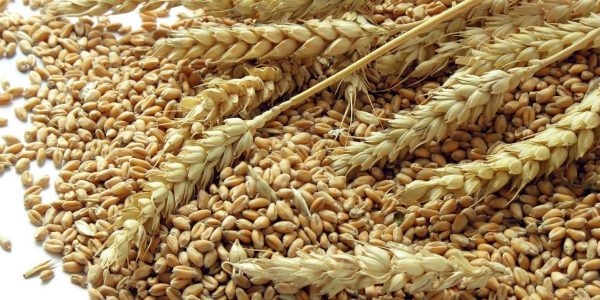

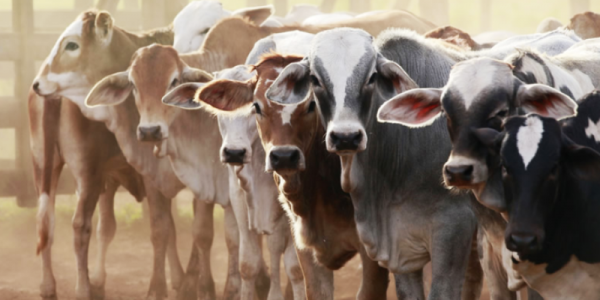
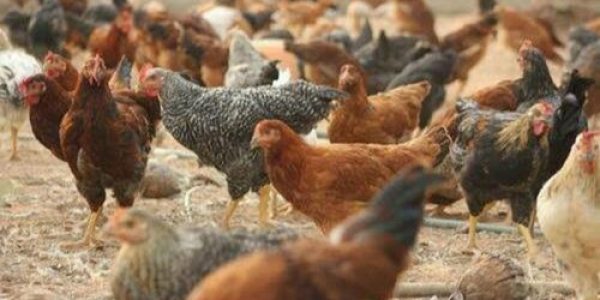
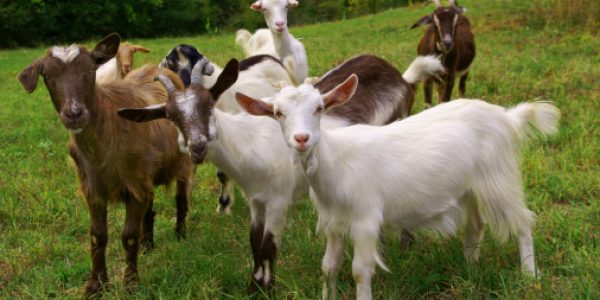
Crop Statistics
Crop | Area in Hectares | Production in Tonnes |
Maize | 19,108 | 30,699 |
Wheat | 7861 | 17,254 |
Rice | 1764 | 3,761 |
Kharif Vegetables | 66 | 423 |
Kharif Fruits | 147 | 1,325 |
Kharif Fodders | 75 | 1,795 |
Rabbi Vegetables | 4 | 36 |
Rabbi Fruits | 194 | 1552 |
Rabbi Fodder | 131 | 861 |
Source: Agriculture Department KP, Crop Statistics 2015-16
Number of Animals/Poultry Birds
Cattles | Buffaloes | Sheep | Goats | Domestic Poultry |
119,699 | 78,233 | 15,280 | 122,664 | 676,631 |
Source: Livestock & Dairy Development Department KP Census 2006
3. Minerals
As compared to neighboring Districts, mining in Battagram is a low key affair. However, it is estimated that there are potential reserves of Iron Ore and Feldspar in the area. Table below shows the amount of minerals being extracted annually from Battagram District:
Minerals | Production in Tonnes |
Iron Ore | 7,000 (year 2012-13) |
Feldspar | 485 (year 2011-12) |
Granite | 270 (year 2011-12) |
Source: District wise Minerals of KP, Bureau of Statistics
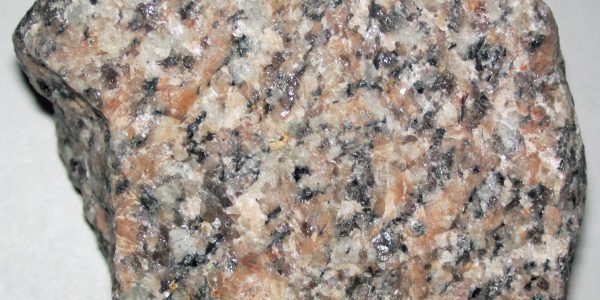
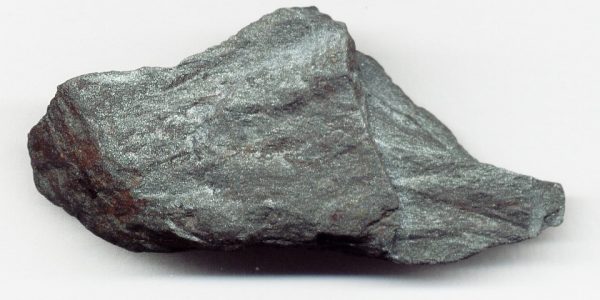
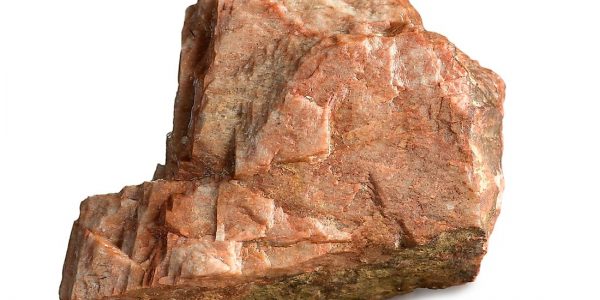
4. SWOT Analysis
The SWOT analysis of the above sectors are given as under:
Strengths
- Close proximity to Mansehra which is a CPEC trading route.
- Capacity to produce hundreds of Megawatts of electricity.
- 24,173 hectares of cultivated land.
- Forest cover of 37,983 hectares.
- Reserves of Iron Ore, Feldspar and Granite.
Opportunities
- To overcome the threat of jam-packed traffic in Battagram, National Highway 35 can be used as an alternate route to avoid the local traffic during peak hours.
- PEDO with the help of other stakeholders can initiate operations to generate electricity from Battagram as the figures suggest that Nandihar Khwar presents an ideal site for hydro power generation and possible investment opportunity for the local and foreign investors.
- As Battagram possesses 68,824 hectares of uncultivated land, Agriculture Department KP can impart modern farming techniques in promoting the crops that consume less water.
- To achieve such goals farmers could be motivated by providing long term loans from banks and other financial institutions and incentives from KP Government.
- A food processing facility equipped with modern technology can be installed in the district.
- Horticulture sector of Battagram can also be promoted by establishing dairy farms equipped with advanced machinery and supply excess milk to other cities.
- An adequate amount of forest cover could be utilized for earning carbon-credits.
- Research in basic Geological Sciences and Geophysical methods, and drilling technologies could improve the effectiveness and productivity of mineral exploration. A detailed survey of the all possible sites is necessary.
- Mines and Mineral Department shall assist miners in Battagram with modern mining techniques and provide trainings which would not only help the investors in the respective district by reducing wastage in mining but the services of the miners can be rendered by the investment parties in other nearby districts.
5. Conclusion
Battagram has affected hugely by one of the major earth quakes of the history of Pakistan, however,the agriculture, mining and horticulture sector of Battagram has the ability to generate revenues.
Furthermore, it has the potential to generate electricity and PEDO shall initiate the projects to achieve such goals.
